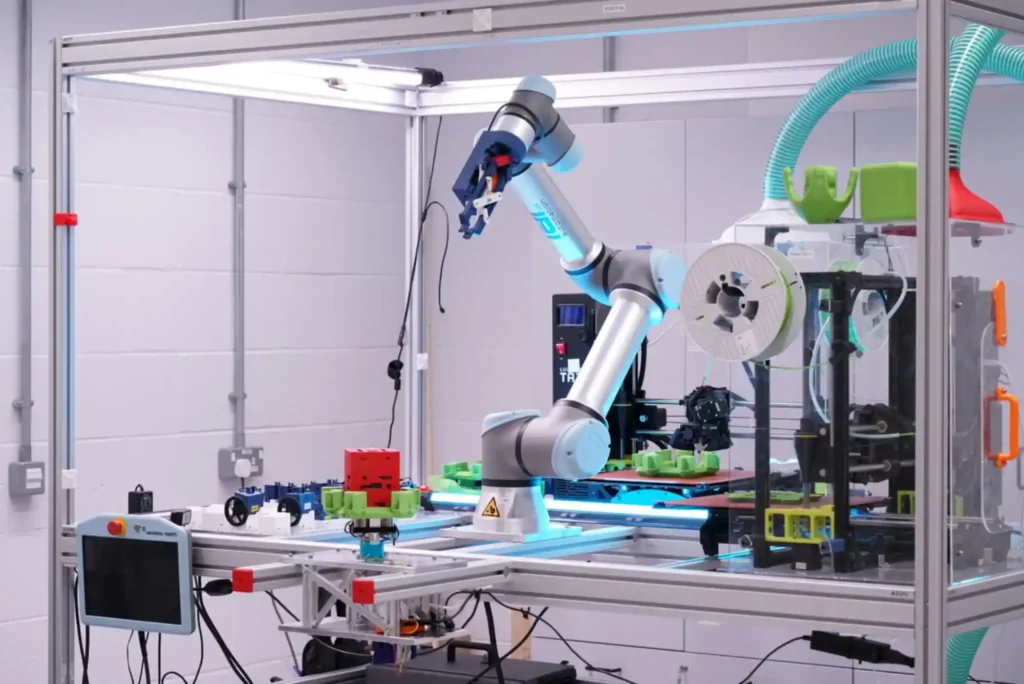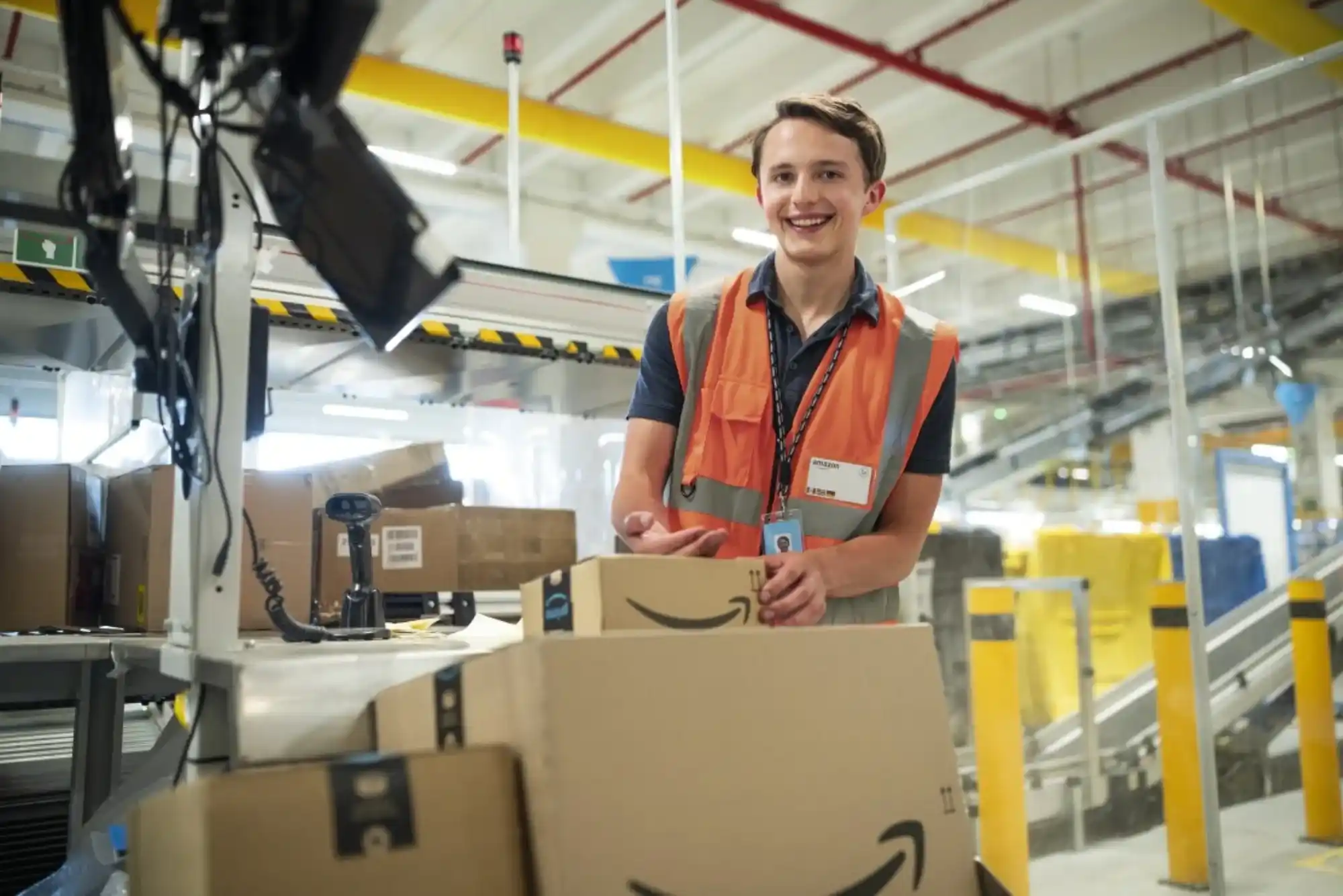The concept of immaculate vistas is no longer confined to high-end buildings or meticulous cleaning schedules. Robotic window cleaners have revolutionized how we approach maintaining clear, spotless windows, especially in challenging environments or high-rise structures. Over the years, these devices have evolved significantly, offering greater functionality, safety, and precision than ever before. This article delves into the journey of robotic window cleaners, examining their development, technological advancements, and the ways in which they redefine the standards of spotless windows.
Origins of Robotic Window Cleaners
The first concepts for robotic window cleaning began in the early 2000s. These initial designs aimed to solve practical challenges associated with cleaning tall or hard-to-reach windows in both residential and commercial settings. Early models were often bulky and limited in capability, functioning primarily on basic suction mechanisms and requiring manual operation for most of their tasks. Despite their limitations, these early iterations paved the way for today’s more autonomous and intelligent machines.
Technological Advancements Shaping Modern Robotic Window Cleaners
The evolution of robotic window cleaners is closely tied to advancements in robotics, artificial intelligence (AI), and sensor technology. Modern robotic cleaners are far from their rudimentary ancestors, boasting sophisticated features that enable them to operate autonomously and deliver consistent, high-quality cleaning.
Enhanced Suction and Safety Mechanisms
The suction mechanism has undergone substantial improvements, allowing robotic window cleaners to adhere firmly to glass surfaces, even at high altitudes or in adverse weather conditions. Most current models employ high-power suction engines and backup batteries to maintain grip in case of power loss, ensuring safety and reliability.
AI-Powered Navigation and Path Planning
Artificial intelligence plays a critical role in how modern robotic window cleaners operate. Integrated AI helps these robots map out efficient cleaning paths, recognize obstacles, and detect edges to avoid falling. This is particularly beneficial for structures with intricate window designs or irregularly shaped glass panels, allowing the robot to adapt and clean more effectively.
Edge Detection and Anti-Fall Systems
Edge detection technology and anti-fall systems are essential for window cleaning robots, especially for tall or frameless windows. Advanced sensors now allow the robots to identify edges and reverse their direction before reaching the border, making them much safer and less reliant on human supervision. These sensors enable the robot to stop in case of obstacles, reducing the risk of collisions and ensuring optimal cleaning results.
Remote Control and Automation
Many robotic window cleaners can now be controlled remotely through smartphone applications, allowing users to adjust settings, monitor the cleaning process, or even schedule cleaning sessions from a distance. The integration of Wi-Fi and Bluetooth technology has made these devices more user-friendly and convenient, enabling users to keep their windows spotless with minimal physical involvement.
Applications of Robotic Window Cleaners in Modern Architecture
As urbanization and high-rise structures continue to grow, so does the demand for innovative cleaning solutions that are both efficient and safe. Robotic window cleaners address these demands, finding applications across a range of settings that prioritize clear, unobstructed views.
Residential Use
For residential users, robotic window cleaners offer an efficient solution to maintaining windows, especially in homes with large or difficult-to-reach windows. Modern devices have become more compact and aesthetically pleasing, making them suitable for residential environments where traditional cleaning methods may be inconvenient.
Commercial and High-Rise Buildings
In commercial settings, where window surfaces are often extensive and situated at considerable heights, robotic window cleaners have become indispensable. These machines not only reduce labor costs but also mitigate the risks associated with manual window cleaning on skyscrapers. High-rise structures often prioritize clean, reflective windows to maintain an upscale appearance, which robotic cleaners can provide consistently and safely.
Hospitality Industry

Hotels and resorts frequently utilize robotic window cleaners to uphold high standards of cleanliness and aesthetics. These robots ensure that guests enjoy unobstructed, crystal-clear views without the constant need for manual cleaning. Automated cleaning also allows hospitality businesses to maintain a high level of sanitation, which is especially valued in areas such as restaurant windows and lobby glass panels.
Environmental Impact and Sustainability Considerations
Robotic window cleaners contribute to a more sustainable cleaning approach by reducing water and chemical usage, thus minimizing their environmental impact. Many modern devices are designed to be energy-efficient, consuming minimal power while in operation. Additionally, the precise cleaning paths and optimized suction power help reduce excess water usage, making these machines an eco-friendly alternative.
Reduced Dependency on Harsh Chemicals
Traditional window cleaning often involves harsh chemicals that can be harmful to the environment. Robotic window cleaners, however, tend to rely on reusable microfiber pads and minimal cleaning agents, reducing the reliance on toxic chemicals. This is particularly advantageous for eco-conscious buildings and green-certified structures, where sustainable practices are a priority.
Minimal Water Usage
Advanced robotic window cleaners use intelligent cleaning techniques to optimize water consumption. Some models even use water recycling systems, conserving resources while still achieving the same spotless results. This makes robotic window cleaners an attractive option for cities and regions where water conservation is a priority.
Benefits of Robotic Window Cleaners
Robotic window cleaners present a host of benefits, from saving time and reducing labor costs to enhancing safety and contributing to environmental sustainability. These benefits make robotic window cleaners an ideal solution for both individual homeowners and large corporations.
Safety and Convenience
Perhaps the most significant benefit of robotic window cleaners is the increased safety they provide. By automating the cleaning process for high or hard-to-reach windows, these devices eliminate the need for manual intervention, reducing the risk of falls and injuries.
Efficiency and Consistency
Robotic window cleaners offer a high level of consistency, ensuring that all parts of the window are cleaned to the same standard. Unlike manual cleaning, which may vary in quality depending on the cleaner’s skill or fatigue, robotic cleaners maintain uniformity across the glass surface, delivering immaculate results every time.
Cost-Effectiveness
While the initial investment in a robotic window cleaner may be higher than traditional cleaning tools, the long-term savings are substantial. For large-scale buildings, the cost of manual window cleaning can accumulate quickly, especially when factoring in labor costs, equipment rentals, and potential downtime. Robotic cleaners reduce these expenses, making them a cost-effective choice over time.
Challenges and Limitations of Robotic Window Cleaners
Despite their advantages, robotic window cleaners are not without limitations. Issues such as battery life, maintenance needs, and certain surface compatibility concerns can affect their overall performance. Addressing these challenges will be crucial for future advancements in this technology.
Limited Battery Life
Battery life remains a challenge for robotic window cleaners, especially in cases where the surface area is extensive. While modern models have extended battery capacities and quick-charging features, further improvements are necessary to allow for uninterrupted cleaning over larger areas.
Surface Compatibility Issues
Most robotic window cleaners are designed for flat, smooth glass surfaces. This limitation can make it difficult for these devices to clean surfaces with heavy textures or non-glass materials. Innovations in surface compatibility technology could expand their usability, allowing for even more versatile applications.
High Initial Investment
Robotic window cleaners are an investment, and while they promise long-term savings, the initial cost may be prohibitive for some users. As technology advances and production costs decrease, these devices are likely to become more affordable, making them accessible to a wider audience.
The Future of Robotic Window Cleaning Technology
The future of robotic window cleaning is likely to bring even more refined, efficient, and versatile devices to the market. With ongoing advancements in AI, energy efficiency, and surface compatibility, robotic cleaners are expected to evolve to address a wider range of needs and applications.
Integration with Smart Home Systems
As smart home technology grows in popularity, robotic window cleaners are likely to integrate more seamlessly with these systems. Features such as voice-activated commands and connectivity with home automation networks will enhance their convenience, allowing users to schedule cleanings or check device status from any location.
Solar-Powered Models
To further improve sustainability, research into solar-powered robotic window cleaners is underway. Such models could reduce the reliance on electricity, offering an eco-friendly option for consumers while providing uninterrupted service in sunny climates.
Robotic window cleaners have transformed the idea of immaculate vistas, allowing residential and commercial spaces to maintain crystal-clear views with minimal effort. From their humble beginnings as basic cleaning devices to today’s AI-driven machines, robotic window cleaners have come a long way in both design and functionality. With continuous technological progress, these devices are set to redefine window cleaning standards, making pristine views more accessible than ever before. As innovations continue, robotic window cleaners will not only contribute to cleaner, safer, and more sustainable environments but also push the boundaries of convenience and efficiency in building maintenance.







